Here’s One Good Thing To Come Out Of 2020:
Here’s one good thing to come out of 2020:
Paleontologists completed a life-sized replica of Sue, the most complete T. Rex ever found.

And she is freaking GORGEOUS!
As I read more about this beauty, I found out some new details regarding things I thought I previously knew about the beast that was Tyrannosaurus Rex, and I’m going to share them with you.
First, and most obvious, her size:

This is nothing new, we all figured T. Rex was big, but I for one never stopped to consider exactly how big it was. Nobody ever really knows what to imagine when they read about something the size of a whale that walked around and ate everything it could kill.
Speaking of eating things, I just want to remind you all that T. Rex had–by miles–the strongest bite of any terrestrial animal living or dead, somewhere around six and a half tons of force. That’s over six times greater than the current estimate of what Allosaurus was capable of, and three times what was delivered by the highest measured reading of the living title holder–the estuarine crocodile. It didn’t have to waste time swinging its head open-mouthed like Saurophaganax for a little extra oomph, or grow fancy serrated teeth like Carcharodontosaurus to cut pieces out of its prey. It opted for the simplest approach: get its mouth around something and crush it to death; imagine the full weight of an elephant on whatever was between this thing’s jaws.
“How did it find something to eat?” I hear you asking. “It can’t see something if it doesn’t move, right?”
Listen, I love Jurassic Park too, but that’s a big crock of shit.

Notice how both her eyes face forward. That gives her binocular vision (the ability to focus both eyes on one target, like you and I). More importantly it means she has impeccable depth perception due to overlapping fields of vision from each, large, eyeball. Researchers agree that T. Rex not only had incredible vision, but that it was probably better than most modern animals–including eagles, hawks, and owls–and that she could likely spot something three and a half miles away. If something that big can see that well, it doesn’t matter if you move or not, she’d be able to tell if it was an animal trying to hide or a piece of vegetation. So pray she isn’t hungry if she lays eyes on you. And even if by some miracle she didn’t see you, she’d still smell you.
If she decided you looked tasty, you probably wouldn’t hear her coming as much as you’d feel her. Modern science indicates that T. Rex didn’t roar like in Jurassic Park, but rather bellowed or maybe even hissed like crocodilians. If she were on to you, you’d most likely feel this sense of unease creep up your spine as a low-pitched rumble in the air permeated through you. You wouldn’t know what it was or where it was coming from until you hear her footfalls. By then it’s too late–you could try to run but she’d probably catch you. There’s plenty on YouTube that reconstructs what T. Rex may have sounded like, and it’s legitimately haunting.
To wrap all of this up, the one bit of good that came out of the cursed year that is 2020 is that this wonderful child of science and art came into the world, and reaffirmed my respect and admiration for the eight ton slab of muscle and teeth that is this magnificent creature.
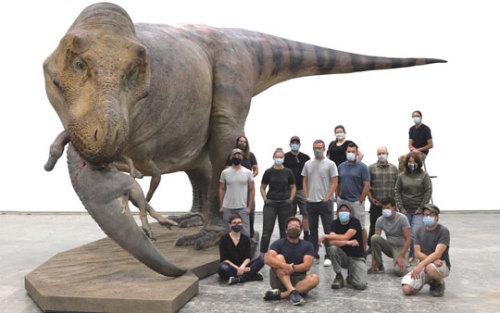
…and it is nothing if not magnificent.
More Posts from Primordialbitch and Others

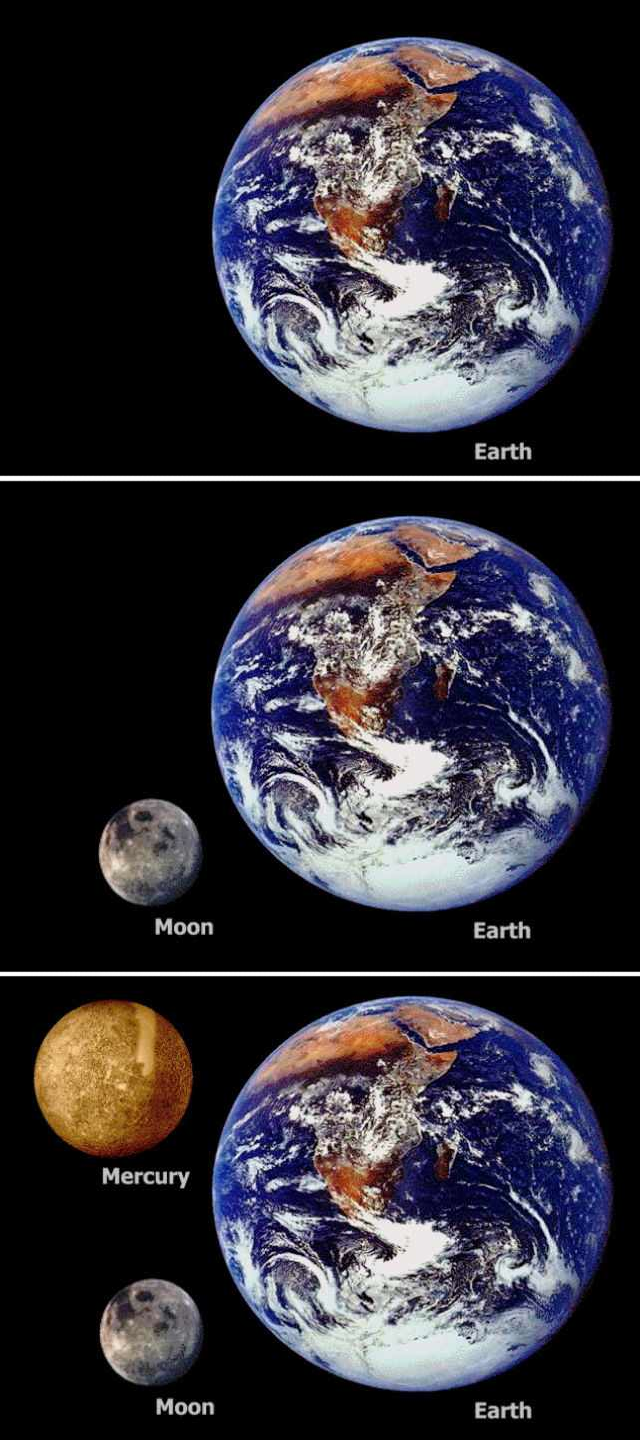
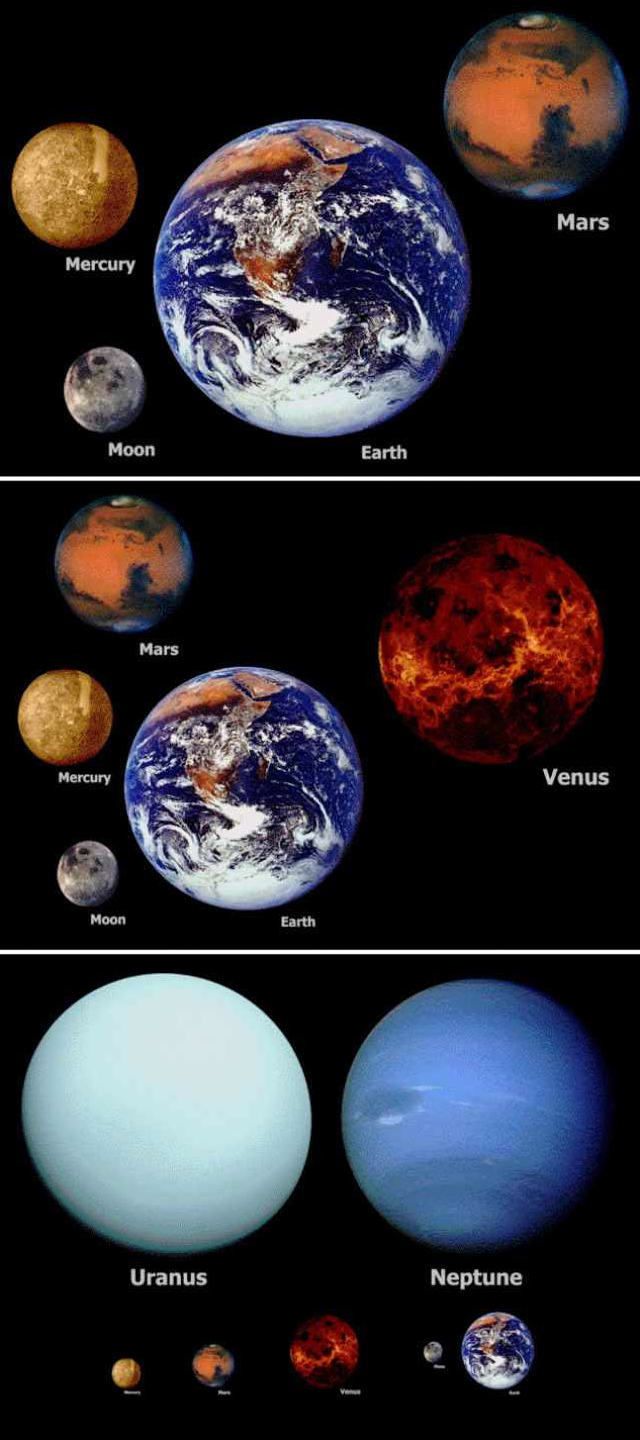
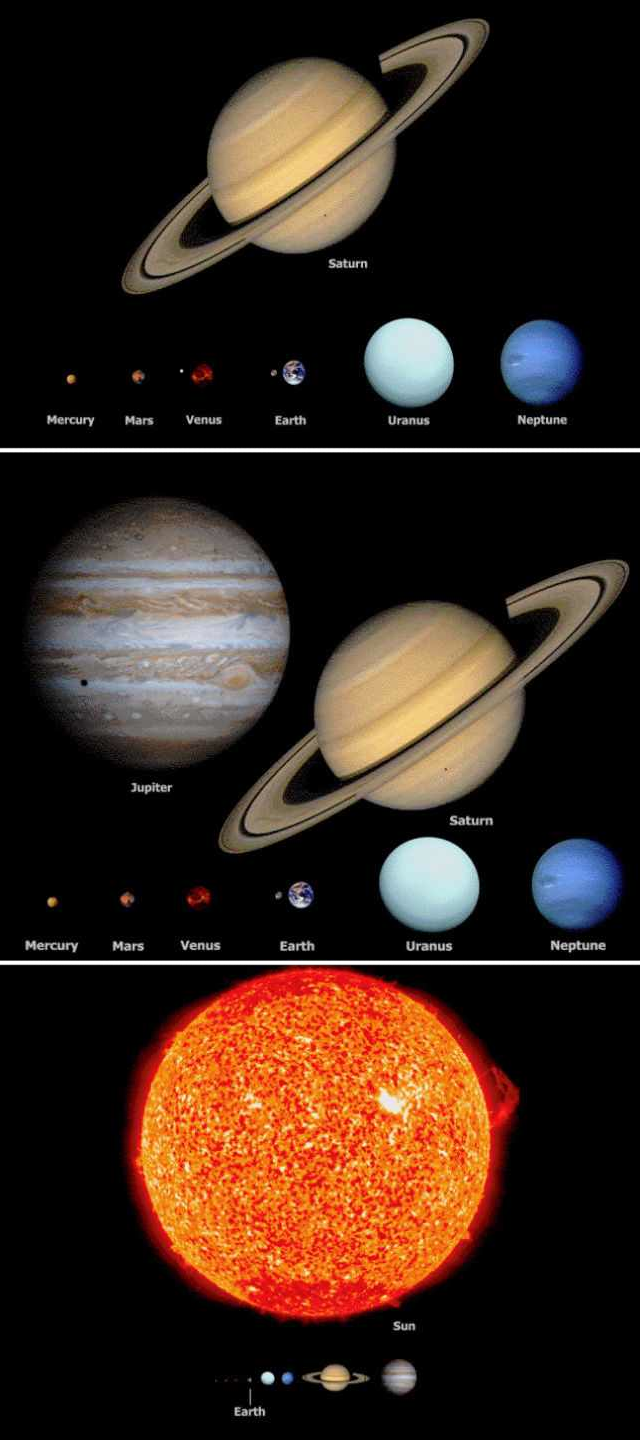
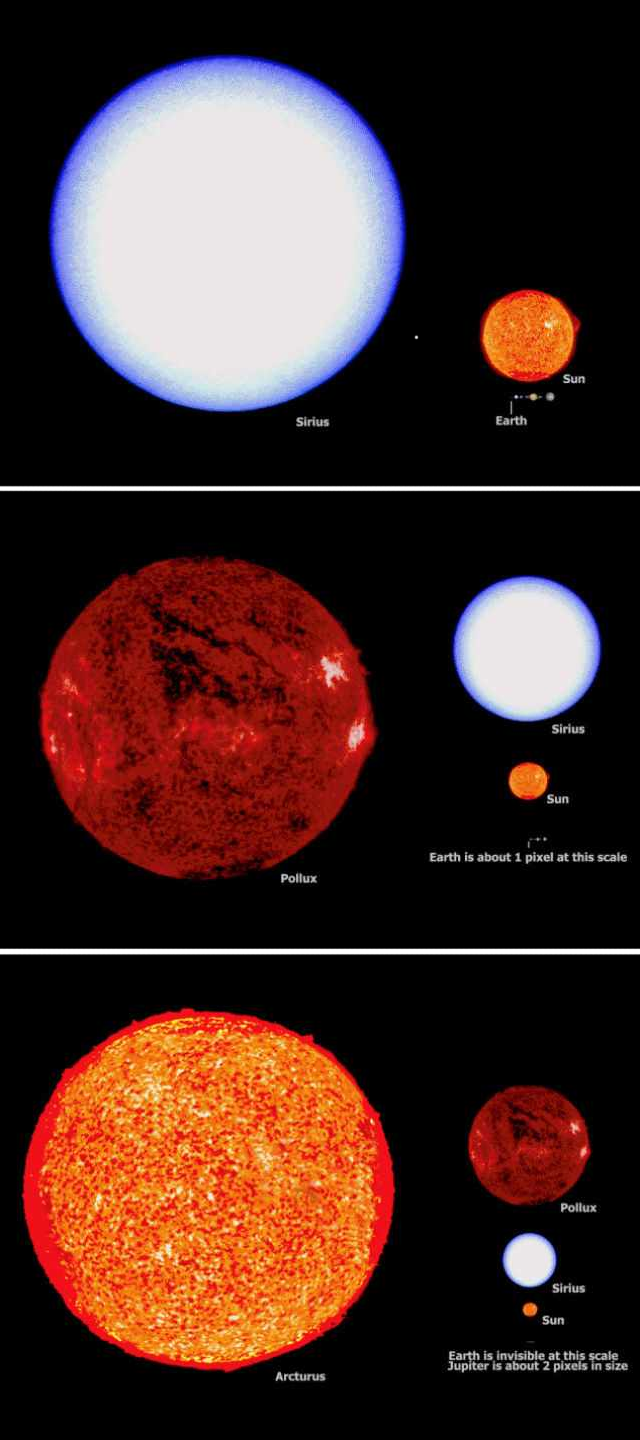



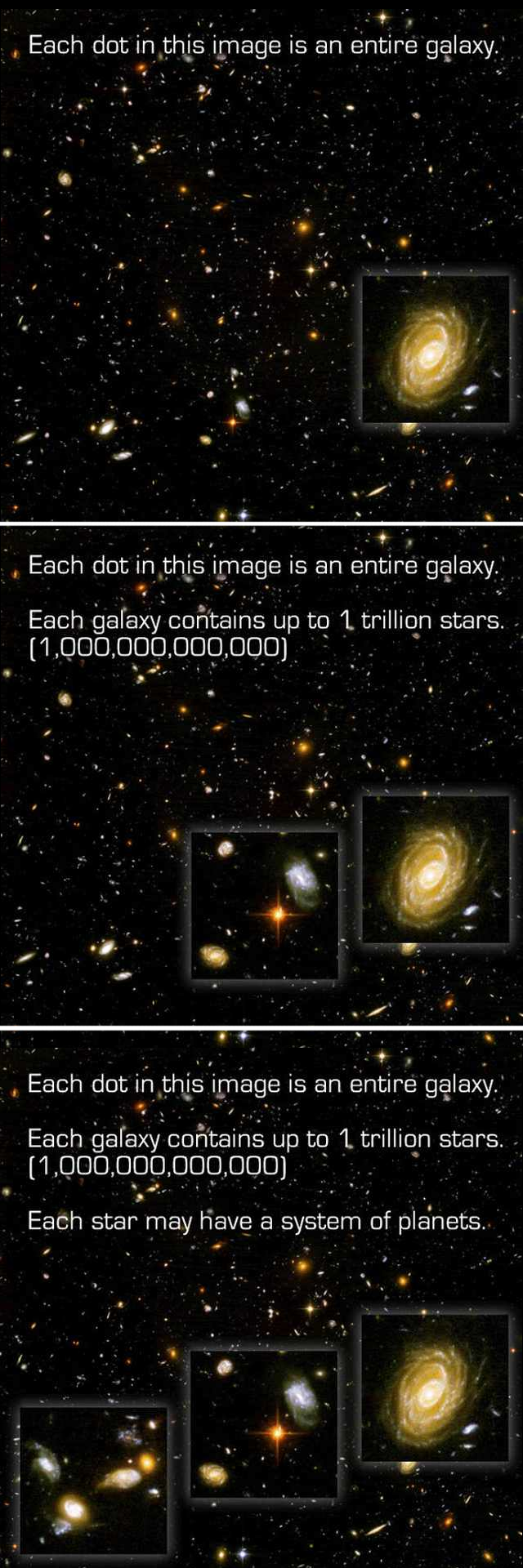

TRAILER: “TIME MASTERS (LES MAÎTRES DU TEMPS)” (1982)
This animated science fiction feature film was directed by René Laloux and Tibor Hernádi but most notably - designed by the artist Mœbius. It is based on Stefan Wul’s 1958 science fiction novel L'Orphelin de Perdide (The Orphan of Perdide).
It’s about a boy, Piel, who is stranded on the desert planet Perdide, where giant killer hornets live. He awaits rescue by the space pilot Jaffar, the exiled prince Matton, his sister Belle and Jaffar’s old friend Silbad - who are all trying to reach Perdide and save Piel before it is too late.
If you’ve seen this film, you’ve probably seen the English language dubs by the BBC in 1987 or 1991 called Time Masters.
This is a super rare film that you can find on DVD, but usually used, and pretty expensive.

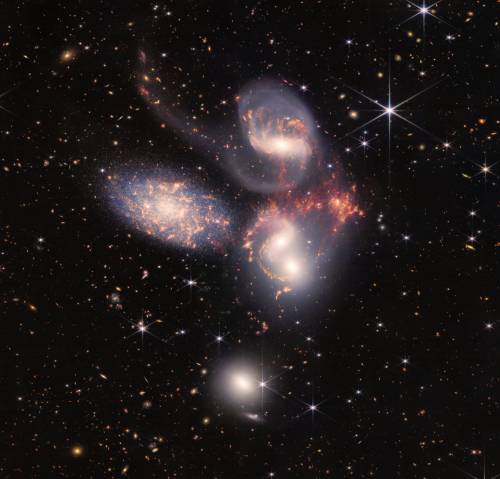
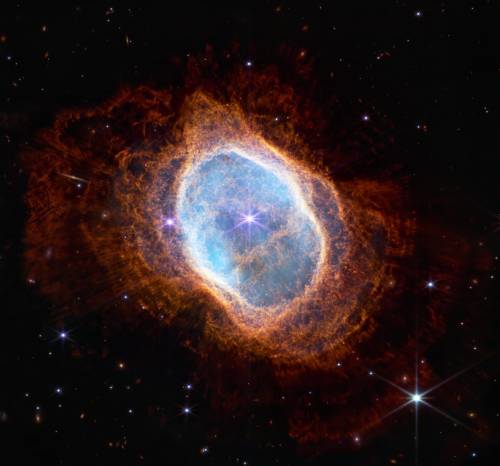
NASA’s Webb Space Telescope Reveals Astounding, Unprecedented Views of the Universe
planetarium presenters trying to explain to a busload of 4th graders how incomprehensibly vast space is

Motion is Curved and All Curvature is Spiral" - Walter Russell
Newly discovered Amazon rock art show the rainforest's earliest inhabitants living with giant Ice Age animals

Amazonian rock art newly discovered by researchers provides further proof the rainforest’s earliest inhabitants lived alongside now-extinct giant Ice Age animals.
The thousands of pictures are among the oldest depictions of people interacting with the huge creatures, including mastodons. Usually the only clues about their appearance are skeletal remains.
This is one of the largest collections of rock art found in South America. The recorded drawings, likely first made around 12,600 and 11,800 years ago, are on three rock shelters on hills in the Colombian Amazon. The paintings, identified during landscape surveys, also depict geometric shapes, human figures, and handprints, as well as hunting scenes and people interacting with plants, trees and savannah animals. The vibrant red pictures were produced over a period of hundreds, or possibly thousands, of years. Read more.
Neutron Stars Collide
The recent detection of two neutron stars colliding has sent waves through spacetime and the astronomical community.
You may have seen headlines in the news and not really know why this is such a big deal.
Here’s the Sparknotes version:
A while back a thing called “gravitational waves” were observed for the first time. These are fluctuations in the fabric of spacetime that propagate out from their source just like light, i.e. radially/like a pebble dropped in water. General relativity shows us that the acceleration of objects with mass cause this event to occur.
Until fairly recently these have been too difficult to observe and in fact Einstein didn’t think we’d ever be able to. A series of laser interferometers have disproved that assumption. Using high-precision analysis of how the lasers shift as a gravitational wave moves through them scientists can now see the small movements in the universe that are gravitational waves.
Importantly, we now have three such observatories capable of working together. Known as the “LIGO-Virgo” team, two observatories in the U.S. and one in Italy detected these shifting in spacetime. Three is a pretty magical number in coordinating detections like this because you can then triangulate where the signal comes from and…
BINGO! Within hours optical observatories were zeroing in on the predicted source of these spacetime fluctuations. Indeed, they confirmed the presence of a previously unseen glow:

What you’re looking at is the glow of two neutron stars colliding into each other. This explosion has the energy of approximately 260,000,000 suns.
Each of these stars has such a large mass that the waves in spacetime are actually detectable from a distance of 140 million light-years away.
Impressive, right? Although you might agree, this still begs the question of what exactly we’ve learned from this event. Well - a lot. Since this is the first observation we have made with both gravitational wave observatories and more traditional astronomical observatories (i.e. light detecting ones) we’ve been able to put some numbers on the phenomenon. Here are some of the things we’ve learned:
1) Gravitational waves propagate at the speed of light!
2) A huge portion of heavier elements (like gold and uranium!) may have their origins in neutron star collisions! Nuclear synthesis in stars more typical like the sun is restricted to closer to 10% of the star’s mass being able to fuse elements together into new ones. This process is actually quite inefficient (actually, YOU are a more efficient radiator than the sun!) and it becomes more difficult for a star to fuse the heavier elements. Before this event we didn’t have a good way of explaining why we found so much more heavy stuff than stellar nuclear synthesis could account for. Now? Baboom! This neutron star collision resulted in the synthesis of so much gold that it’s about 150 times more massive than the Earth! Cha-Ching!
So if you’re an amateur (or professional, I suppose) astronomer and you want to see this collision, now dubbed GW170817, and you build a little radio telescope (another post!), you’ll be able to detect this collision for the next 5-10 years due to the afterglow.
(Image credit: NASA and ESA)
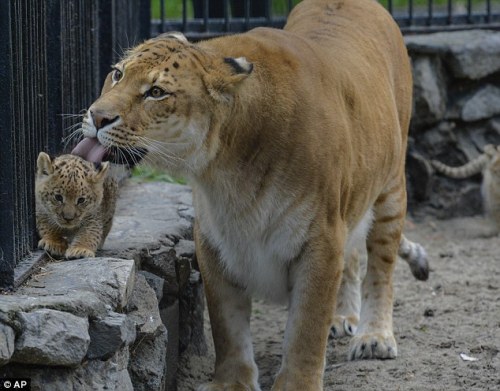

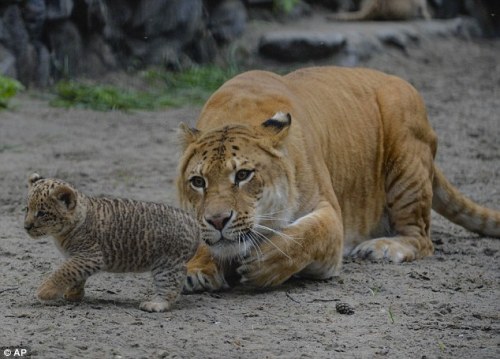
A Russian zoo is home to a unique animal - the liger. It is half-lioness, half-tiger. Mother Zita is pictured licking her one month old liliger cub
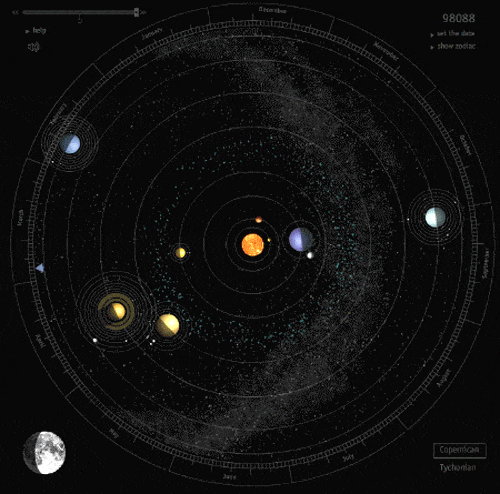

Extinct tree grows anew from ancient jar of seeds unearthed by archaeologists
by Stephen Messenger
“For thousands of years, Judean date palm trees were one of the most recognizable and welcome sights for people living in the Middle East — widely cultivated throughout the region for their sweet fruit, and for the cool shade they offered from the blazing desert sun.
From its founding some 3,000 years ago, to the dawn of the Common Era, the trees became a staple crop in the Kingdom of Judea, even garnering several shout-outs in the Old Testament. Judean palm trees would come to serve as one of the kingdom’s chief symbols of good fortune; King David named his daughter, Tamar, after the plant’s name in Hebrew.
By the time the Roman Empire sought to usurp control of the kingdom in 70 AD, broad forests of these trees flourished as a staple crop to the Judean economy — a fact that made them a prime resource for the invading army to destroy. Sadly, around the year 500 AD, the once plentiful palm had been completely wiped out, driven to extinction for the sake of conquest.
In the centuries that followed, first-hand knowledge of the tree slipped from memory to legend. Up until recently, that is.
During excavations at the site of Herod the Great’s palace in Israel in the early 1960’s, archeologists unearthed a small stockpile of seeds stowed in a clay jar dating back 2,000 years. For the next four decades, the ancient seeds were kept in a drawer at Tel Aviv’s Bar-Ilan University. But then, in 2005, botanical researcher Elaine Solowey decided to plant one and see what, if anything, would sprout.
“I assumed the food in the seed would be no good after all that time. How could it be?“ said Solowey. She was soon proven wrong.
Amazingly, the multi-millennial seed did indeed sprout — producing a sapling no one had seen in centuries, becoming the oldest known tree seed to germinate.
Today, the living archeological treasure continues to grow and thrive; In 2011, it even produced its first flower — a heartening sign that the ancient survivor was eager to reproduce. It has been proposed that the tree be cross-bred with closely related palm types, but it would likely take years for it to begin producing any of its famed fruits. Meanwhile, Solowey is working to revive other age-old trees from their long dormancy.”
***Does anyone in the know have any comments?
(Source: Tree Hugger)
-
 thatsitmydudes reblogged this · 1 week ago
thatsitmydudes reblogged this · 1 week ago -
 sunstonedragons reblogged this · 1 week ago
sunstonedragons reblogged this · 1 week ago -
 phosphateblues reblogged this · 2 weeks ago
phosphateblues reblogged this · 2 weeks ago -
 hannerslikes reblogged this · 2 weeks ago
hannerslikes reblogged this · 2 weeks ago -
 holl0wghost liked this · 2 weeks ago
holl0wghost liked this · 2 weeks ago -
 dread-loxx reblogged this · 3 weeks ago
dread-loxx reblogged this · 3 weeks ago -
 martymansblog liked this · 3 weeks ago
martymansblog liked this · 3 weeks ago -
 crylittlebird liked this · 3 weeks ago
crylittlebird liked this · 3 weeks ago -
 lopez122417 liked this · 3 weeks ago
lopez122417 liked this · 3 weeks ago -
 thegametheboysandthearsenal liked this · 3 weeks ago
thegametheboysandthearsenal liked this · 3 weeks ago -
 karpaasikarpalo reblogged this · 1 month ago
karpaasikarpalo reblogged this · 1 month ago -
 sviatoslavrichtersplasticlobster reblogged this · 1 month ago
sviatoslavrichtersplasticlobster reblogged this · 1 month ago -
 eccentricrage reblogged this · 1 month ago
eccentricrage reblogged this · 1 month ago -
 eccentricrage liked this · 1 month ago
eccentricrage liked this · 1 month ago -
 saddingtonbear3 reblogged this · 1 month ago
saddingtonbear3 reblogged this · 1 month ago -
 spidey-wife liked this · 1 month ago
spidey-wife liked this · 1 month ago -
 neocelticavalon liked this · 1 month ago
neocelticavalon liked this · 1 month ago -
 supersleepyslowpoke liked this · 1 month ago
supersleepyslowpoke liked this · 1 month ago -
 kassia-kahler liked this · 1 month ago
kassia-kahler liked this · 1 month ago -
 closetedcos liked this · 1 month ago
closetedcos liked this · 1 month ago -
 flaminglily liked this · 1 month ago
flaminglily liked this · 1 month ago -
 theanonymousninja247 liked this · 1 month ago
theanonymousninja247 liked this · 1 month ago -
 forsakenqueer reblogged this · 1 month ago
forsakenqueer reblogged this · 1 month ago -
 rei-hi liked this · 1 month ago
rei-hi liked this · 1 month ago -
 nightmare4thebroken2 reblogged this · 1 month ago
nightmare4thebroken2 reblogged this · 1 month ago -
 obsessedbooklover101 reblogged this · 1 month ago
obsessedbooklover101 reblogged this · 1 month ago -
 obsessedbooklover101 liked this · 1 month ago
obsessedbooklover101 liked this · 1 month ago -
 azraeldigabriel liked this · 1 month ago
azraeldigabriel liked this · 1 month ago -
 nordengaard liked this · 1 month ago
nordengaard liked this · 1 month ago -
 greatkoalawizard liked this · 1 month ago
greatkoalawizard liked this · 1 month ago -
 klupnut liked this · 1 month ago
klupnut liked this · 1 month ago -
 takingovermidnight liked this · 1 month ago
takingovermidnight liked this · 1 month ago -
 gornackeaterofworlds liked this · 1 month ago
gornackeaterofworlds liked this · 1 month ago -
 yorshie reblogged this · 1 month ago
yorshie reblogged this · 1 month ago -
 ninnosaurus reblogged this · 1 month ago
ninnosaurus reblogged this · 1 month ago -
 arsamorsoluna reblogged this · 1 month ago
arsamorsoluna reblogged this · 1 month ago -
 thebrofriends liked this · 2 months ago
thebrofriends liked this · 2 months ago -
 shadowsevilfish reblogged this · 2 months ago
shadowsevilfish reblogged this · 2 months ago -
 snoobydoobyhoo reblogged this · 2 months ago
snoobydoobyhoo reblogged this · 2 months ago -
 snoobydoobyhoo liked this · 2 months ago
snoobydoobyhoo liked this · 2 months ago -
 pretty-side-blog reblogged this · 2 months ago
pretty-side-blog reblogged this · 2 months ago -
 zee-aka-pretty reblogged this · 2 months ago
zee-aka-pretty reblogged this · 2 months ago -
 zee-aka-pretty liked this · 2 months ago
zee-aka-pretty liked this · 2 months ago -
 peanutsandbitterstep reblogged this · 2 months ago
peanutsandbitterstep reblogged this · 2 months ago -
 nightpanda13 reblogged this · 2 months ago
nightpanda13 reblogged this · 2 months ago -
 nimbystrife liked this · 2 months ago
nimbystrife liked this · 2 months ago -
 noodlethoughts reblogged this · 2 months ago
noodlethoughts reblogged this · 2 months ago -
 periodicattraction reblogged this · 3 months ago
periodicattraction reblogged this · 3 months ago -
 snakemitts liked this · 3 months ago
snakemitts liked this · 3 months ago
